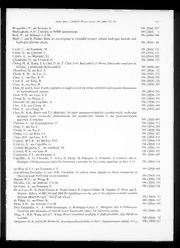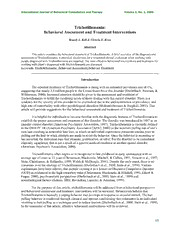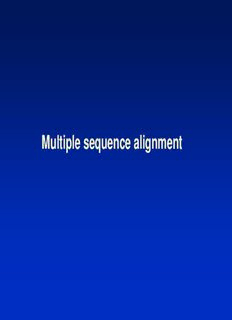
Preview Multiple sequence alignment
Multiple sequence alignment Multiple sequence alignment: today’s goals • to define what a multiple sequence alignment is and how it is generated; to describe profile HMMs • to introduce databases of multiple sequence alignments • to introduce ways you can make your own multiple sequence alignments • to show how a multiple sequence alignment provides the basis for phylogenetic trees Multiple sequence alignment: outline [1] Introduction to MSA [2] Five methods 1) Exact 2) Progressive (ClustalW) 3) Iterative (MUSCLE, MAFFT) 4) Consistency (ProbCons) 5) Structure-based (Expresso, PRALINE) Conclusions from benchmarking [3] Databases of MSAs (hidden Markov models) [4] Multiple alignment of genomic regions [5] MEGA to make a multiple sequence alignment Multiple sequence alignment: definition • a collection of three or more protein (or nucleic acid) sequences that are partially or completely aligned • homologous residues are aligned in columns across the length of the sequences • residues are homologous in an evolutionary sense, and, in a structural sense Multiple sequence alignments • The challenge of alignment is to establish the site- wise conservation obscured by evolution • Sequences can act as intermediates between highly dissimilar sequences and can connect these fairly distantly related sequences into an alignment • The resulting alignment will better reflect evolutionary forces Multiple sequence alignment: properties Generally align proteins: nucleotides less well-conserved nucleotide sequences are less informative (fewer characters) -> harder to align with high confidence How do you know if you have the “correct” alignment of a protein family? Is there one “correct” alignment? • for two proteins sharing 30% amino acid identity, about 50% of the individual amino acids are superposable in the two structures Proportion of structurally superposable residues in pairwise alignments as a function of sequence identity s e u 0.75 e d r i o s e c r n f o o 0.5 m Globin n m o Cytochrome c i o t r c Serine protease o p n0.25 Immunoglobulin domain o i r P 100 75 50 25 0 Sequence identity (%) After Chothia & Lesk (1986) Multiple sequence alignment: outline [1] Introduction to MSA [2] Five methods 1) Exact 2) Progressive (ClustalW) 3) Iterative (MUSCLE, MAFFT) 4) Consistency (ProbCons) 5) Structure-based (Expresso, PRALINE) Conclusions from benchmarking [3] Databases of MSAs (hidden Markov models) [4] Multiple alignment of genomic regions [5] MEGA to make a multiple sequence alignment ClustalW Praline
Description:The list of books you might like

What Happened to You?

Can’t Hurt Me: Master Your Mind and Defy the Odds

The Subtle Art of Not Giving a F*ck

The Mountain Is You
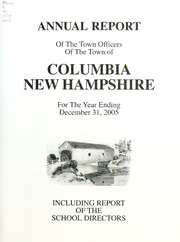
Annual report, Columbia, New Hampshire
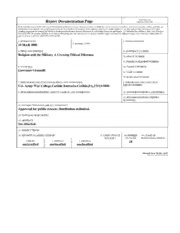
DTIC ADA448671: Religion and the Military: A Growing Ethical Dilemma
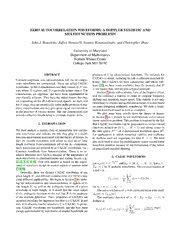
DTIC ADA476425: Zero Autocorrelation Waveforms: A Doppler Statistic and Multifunction Problems
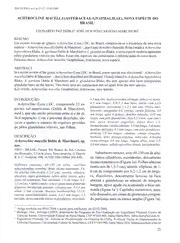
Achyrocline macella (Asteraceae-Gnaphalieae), nova espécie do Brasil
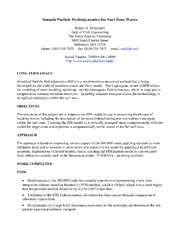
DTIC ADA522305: Smooth Particle Hydrodynamics for Surf Zone Waves

Old Testament Essentials: Creation, Conquest, Exile and Return (The Essentials Set)
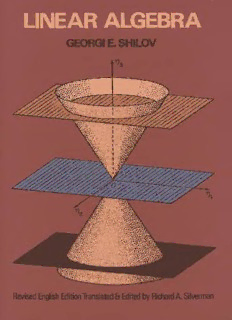
Georgi E. Shilov – Linear Algebra
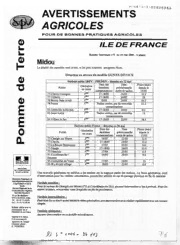
Avertissements Agricoles - Pomme de terre - Ile de France - 2006 - 5
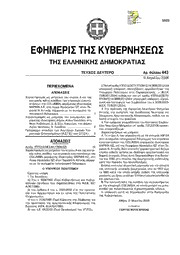
Greek Government Gazette: Part 2, 2006 no. 443

CENTRIFLOW 3D PLug FaN WITH PM MOTOR

Extraordinary Gazette of India, 2006, No. 622
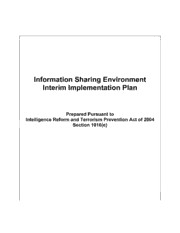
DTIC ADA457505: Information Sharing Environment Interim Implementation Plan
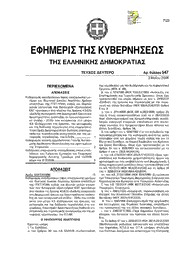
Greek Government Gazette: Part 2, 2006 no. 547

Bon Dia Aruba (4 Januari 2006)
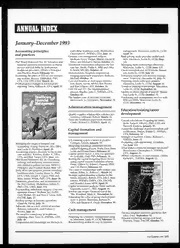
Healthcare Financial Management 1993: Vol 47 Index

Bürofach-/Handelsdiplom VSH Med. Sachbearbeiterin+ Röntgen-Grundkurs


